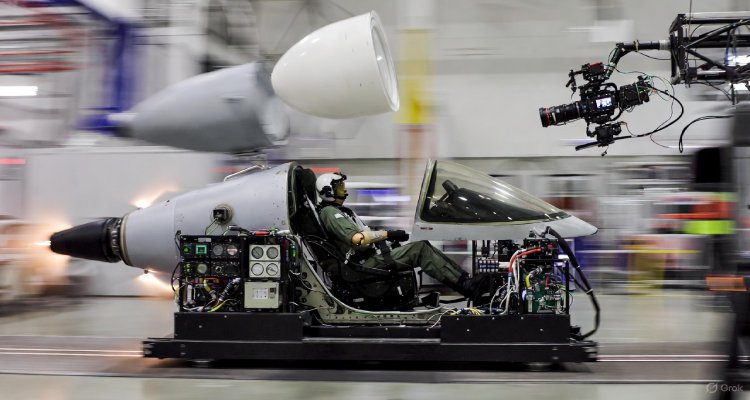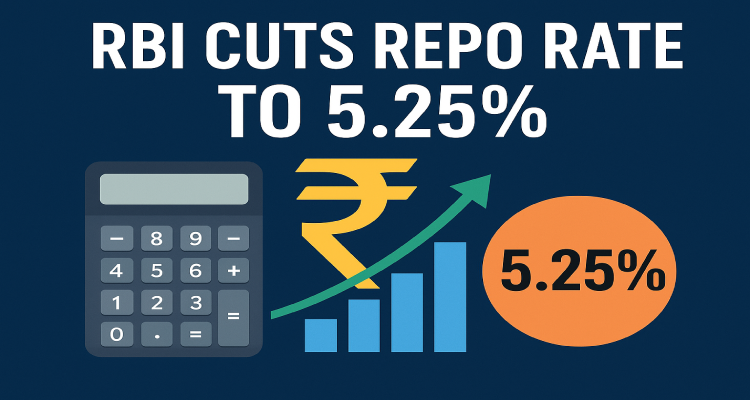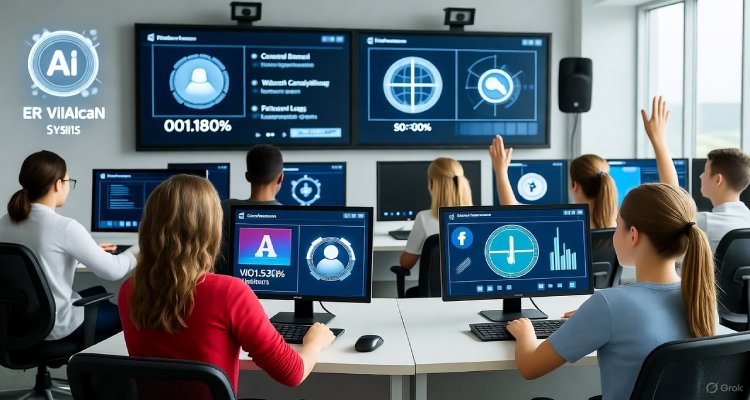The Classrooms Where AI Grades Humanity
As artificial intelligence begins to evaluate human performance in education and work, the question arises—what happens when machines become our teachers, and humanity becomes the subject?
1. Introduction: When the Grader Becomes the Student
In a quiet classroom in Seoul, students stare not at a teacher, but at a glowing screen. Their facial expressions, tone of voice, and even micro-movements are analyzed by an AI system trained to measure focus, engagement, and understanding. In this new era of education, it’s not humans grading machines—but machines grading humanity.
This is no longer science fiction. Across the globe, artificial intelligence is being integrated into schools, workplaces, and even recruitment systems, evaluating traits once thought uniquely human: empathy, creativity, and moral reasoning. The very concept of learning and assessment is being rewritten by algorithms that promise objectivity—but may also reshape what it means to be “humanly intelligent.”
2. Context & Background: From Smart Classrooms to Sentient Feedback
The rise of AI in education began with simple tools—automated essay scorers, grammar checkers, and adaptive learning platforms. But today’s systems go far beyond that. Platforms like China’s Squirrel AI, the U.S.-based Gradescope, and the UAE’s ALEF Education now deploy machine learning models capable of personalizing lessons in real time while evaluating students’ emotional and behavioral data.
The COVID-19 pandemic accelerated this transformation. As schools moved online, AI tools became indispensable, analyzing student activity, attendance, and even facial engagement through webcams. What began as a means of support has now evolved into a system of surveillance—one that grades not only performance, but personality.
And the boundaries are blurring further. AI systems used in corporate training, hiring, and public services increasingly assess “soft skills” such as empathy, leadership, and adaptability—traits once evaluated only by humans.
3. Main Developments: Machines That Judge the Mind
Today’s AI-driven classrooms and workplaces operate as complex ecosystems of data collection and interpretation. Advanced emotion-recognition systems, such as those piloted in schools across China and South Korea, monitor micro-expressions to detect confusion or boredom. Similar systems are being explored in American universities for remote proctoring and adaptive tutoring.
But the implications stretch beyond education. Companies like HireVue and Pymetrics have used AI to analyze job applicants’ facial movements, voice modulation, and decision-making speed—essentially grading human potential.
Supporters argue that such systems remove bias, providing fairer evaluations based on consistent data. Critics, however, warn that AI can reproduce or even amplify hidden biases from its training data—judging people on metrics that reflect the programmer’s worldview rather than objective truth.
When AI “grades” humanity, it raises a fundamental ethical question: who defines the standard for being a good student, a competent worker, or a moral citizen?
4. Expert Insight & Public Reaction: The Debate Over Algorithmic Judgment
“AI can assess patterns faster than any human teacher,” says Dr. Hannah Levine, an education technology researcher at MIT. “But that doesn’t mean it understands why a student struggles—it only sees the data, not the story behind it.”
Public sentiment reflects a growing unease. Parents in Beijing protested after schools introduced emotion-tracking headbands that monitored students’ concentration levels. In the United States, university students have criticized automated grading systems for misjudging creativity and punishing unconventional thinking.
Ethicist Dr. Omar Reyes from the University of Oxford warns, “When machines start defining merit, humanity risks outsourcing its moral compass. An AI that can grade essays may one day be used to grade empathy—or even loyalty.”
5. Impact & Implications: The Future of Human Evaluation
The growing integration of AI evaluators may redefine success in ways that favor data over depth. If students learn to impress algorithms rather than understand ideas, education risks becoming performative.
Moreover, AI’s reach doesn’t end in classrooms. Governments and corporations are already testing “citizen scoring” systems that evaluate behavior, trustworthiness, and compliance—a concept chillingly reminiscent of China’s Social Credit System.
Yet there’s also potential for good. AI-driven assessment can identify learning disabilities early, personalize teaching for diverse learners, and democratize access to quality education. The challenge lies in ensuring transparency, accountability, and human oversight—so that technology serves learning, rather than dictating it.
As AI continues to evolve, societies will have to decide: Should algorithms grade us by what we do, or should we grade them by how they shape us?
6. Conclusion: Humanity’s Final Exam
The classrooms of the future won’t just teach knowledge—they’ll teach the art of being human in a machine-graded world. When AI becomes both observer and evaluator, every gesture, word, and silence becomes data.
Perhaps the true test ahead isn’t how well we can impress the algorithm—but how well we can retain empathy, curiosity, and individuality in a world that measures everything except meaning.
Because in the end, the most important lesson AI may teach humanity is this: what cannot be graded is what makes us human.
Disclaimer:This article is for informational and educational purposes only. It explores the evolving role of AI in education and human assessment without endorsing any specific system, company, or government initiative.











